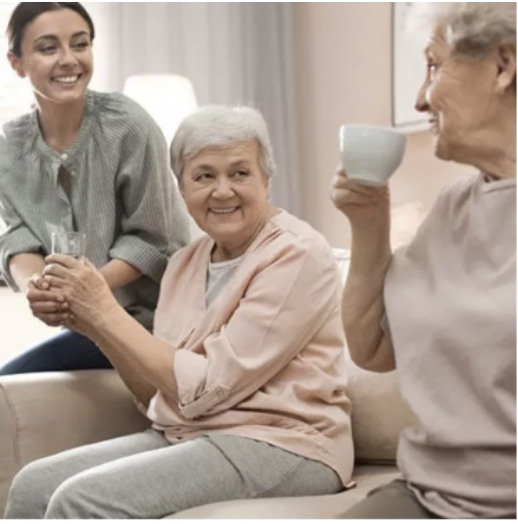Urinary incontinence is a common issue among seniors, and having the right products and aids can make a significant difference in comfort, hygiene, and overall quality of life. Retirement homes in Ontario offer various incontinence management solutions to help residents maintain dignity and independence. This guide explores the best products and aids available for seniors with incontinence, along with key considerations when selecting them.
 Essential Incontinence Products for Seniors in Retirement Homes
Essential Incontinence Products for Seniors in Retirement HomesAsk questions regarding retirement homes to our experts
| Product Type | Purpose | Best For |
|---|---|---|
| Adult Briefs and Diapers | Maximum absorbency for heavy incontinence | Seniors with limited mobility or full incontinence |
| Protective Underwear (Pull-Ups) | Moderate absorbency with a comfortable fit | Seniors who can self-manage toileting |
| Barrier Creams | Prevents skin irritation and infections | Seniors with sensitive skin or frequent moisture exposure |
| Mattress Protectors | Shields beds from leaks and moisture | All seniors with incontinence |
| Bedside Commodes | Provides easy toilet access at night | Seniors with mobility issues |
| Bladder Monitoring Devices | Tracks bladder activity and predicts leaks | Seniors who want proactive incontinence management |
When selecting incontinence aids for a senior in a retirement home, consider:
Ontario’s Assistive Devices Program (ADP) provides financial assistance for incontinence supplies for eligible residents. Some private insurance plans also cover these costs.
It depends on the facility. Some retirement homes supply basic products as part of their care package, while others require residents to purchase them separately.
Adult briefs with tabs or full-coverage diapers are the best choice for seniors who require caregiver assistance, as they allow for easy changes.
It depends on absorbency levels and individual needs, but most products should be changed every 3 to 6 hours to prevent leaks and skin irritation.
Managing incontinence in a retirement home requires the right products and aids to ensure seniors stay comfortable, dry, and dignified. From protective underwear to smart monitoring devices, Ontario retirement homes provide various options to help seniors live with confidence.
Don't hesitate to contact us at 343 309 5289. We can help you choose the right establishment for you and assist you in your search.

Find a suitable senior residence